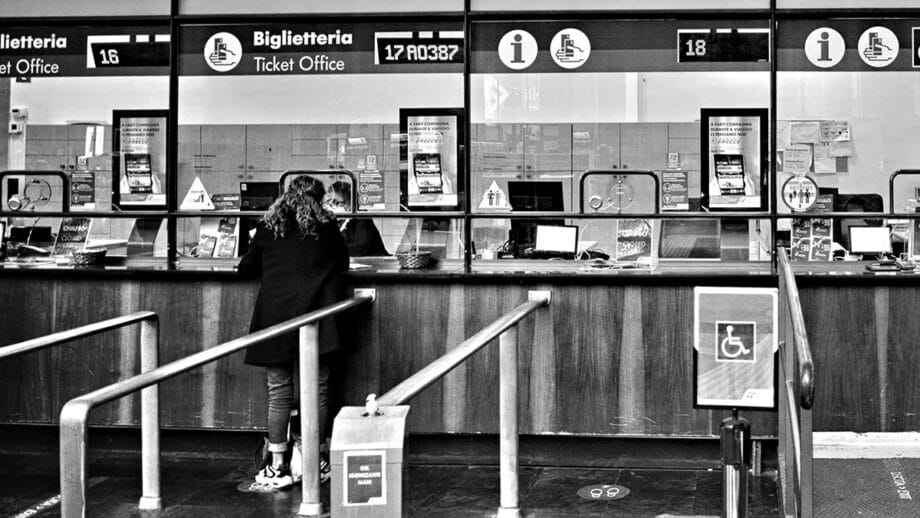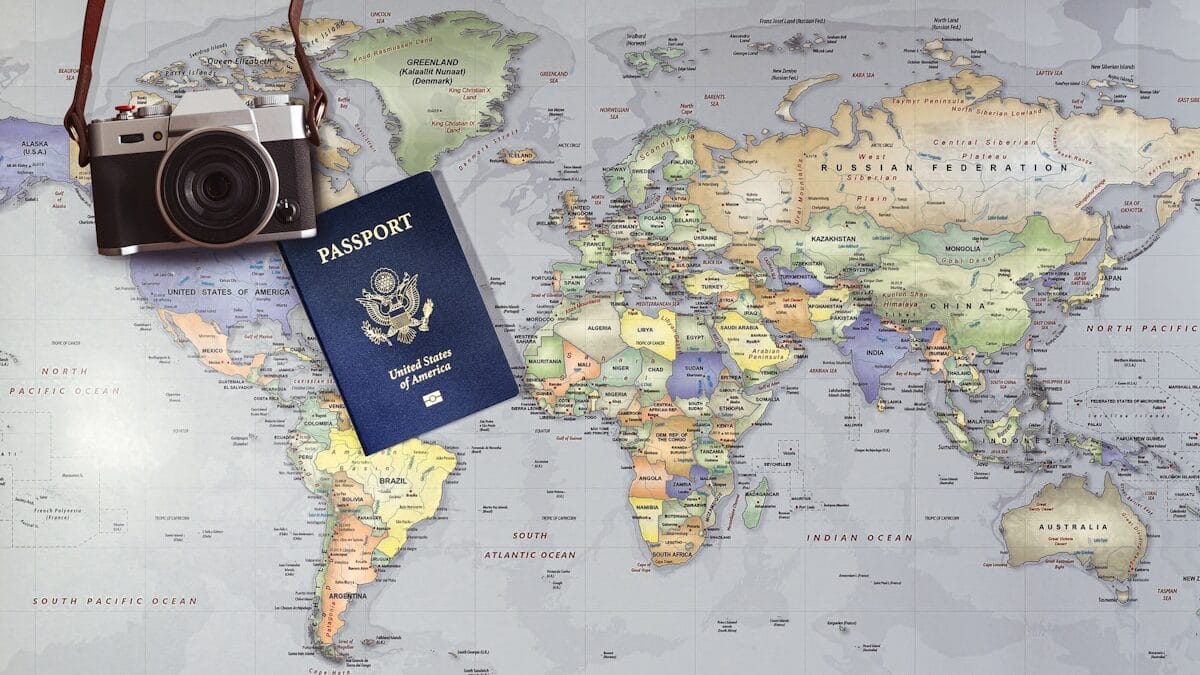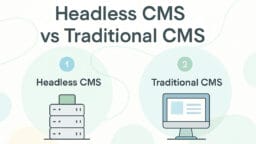Whether you travel for work regularly or are setting out on your first assignment, organizing a business trip demands careful planning. This guide reflects insights from experienced corporate travel professionals and uses data from official travel advisories and trusted news sources.
Work travel can be stressful because of unfamiliar cultures, different cuisines, varying time zones, hotel choices, transportation challenges, weather shifts, and safety concerns, especially on multi-stop itineraries.
It is vital to set your plans in order before departure. An organized schedule minimizes last-minute rushes with flights, hotels, or ground transport. When your logistics are sorted, you can focus on building relationships, closing deals, and attending important events.
Below are essential tips to guide you through planning a successful business trip from start to finish.
1. Research Your Destination Thoroughly

Your work trip may be to a familiar city or a new location. Both scenarios require background research to avoid surprises.
Check the climate so you pack proper attire, monitor local news for political or social tensions, and study customs, including greetings, dress codes, and tipping practices. This approach helps reduce misunderstandings during meetings and meals.
Determine the routes to your office, client site, or conference venue. Identify at least one alternative route in case of traffic delays, public transport issues, or road closures. In cities with higher risks of theft, plan where you will secure your cash, passport, and work devices.
Seek advice from colleagues who have visited the destination. Review travel blogs and detailed city guides that offer direct accounts to support your planning.
2. Start Planning Well in Advance
Delaying planning can increase expenses and stress. Arrange your timeline at least one week before departure. Avoid last-minute packing and document printing.
Use a checklist that covers clothing, your laptop and charger, presentation materials, passport, and copies of reservations. Confirm flight dates, airports, and times. Reserve business flights early to secure better options and avoid long layovers.
If a team member manages your bookings, share your travel dates, preferred timings, and any special needs as soon as possible. Pack prescription medicine, allergy treatments, and a basic first-aid kit in your carry-on to handle any health issues.
Calculate the time needed to reach the airport from your home and from the arrival airport to your hotel or meeting venue. Allow extra time for traffic or security checks. This organized timeline helps you avoid rushing and ensures a timely, calm arrival.
“Book early and confirm twice. Better flights, fewer layovers, and no nasty surprises at the gate.”Tripadvisor
3. Choose and Book the Right Accommodation
Your hotel serves as your base during work trips and influences both productivity and rest. Review opinions on independent travel sites and focus on feedback from business travelers. Compare positive and negative reviews to assess service, cleanliness, and reliability.
Pick a location near meeting venues, transport hubs, or client offices. Staying nearby may reduce travel time and fatigue. If you plan to arrive late or walk back after meetings, select an area that is safe, well-lit, and offers 24/7 reception and security.
Examine dining options available at or near the property. Check if the hotel accommodates dietary needs or if local restaurants suit your preferences. Verify room maintenance standards and housekeeping quality to avoid hygiene issues during your stay.
Ensure the hotel provides fast, stable Wi Fi, a comfortable desk, and meeting facilities if needed. A dedicated travel booking platform can help compare hotels quickly for companies that arrange frequent business trips.

4. Organize and Safeguard Travel Documents
International business trips often cross multiple countries, and missing crucial documents may disrupt your plans. Prepare both physical and digital folders with all necessary documents for your journey.
Include your passport, required visas, and a government-issued ID. Check expiry dates well in advance and confirm that your passport remains valid past your return date per destination rules.
Collect flight confirmations, hotel reservation numbers, meeting addresses, and local contact details in one master document. This consolidated record simplifies sharing your schedule with managers or family members.
Obtain business travel insurance to cover lost luggage, flight delays, medical emergencies, and theft of work equipment. Review your policy details before departure. Some countries require vaccination certificates or health declarations, so confirm current rules and carry the necessary proof.
5. Pack Efficiently with a Checklist
Packing for a work trip goes beyond clothing. Consider meetings, client dinners, casual evenings, and downtime to determine the outfits and accessories you need. Overpacking may result in heavy bags and extra fees, while underpacking might force time-consuming shopping.
Create a checklist organized by category. Under clothing, note the formal outfits for presentations or negotiations and the casual wear for travel days or sightseeing. List shoes suitable for business and walking, as well as sleepwear and workout gear, if you plan to use the hotel gym.
Record work-related items such as notebooks, pens, printed contracts, business cards, and any samples or demonstration tools. Include personal items like toiletries, prescription medications, and basic over-the-counter remedies.
Review your list as you pack and check it once more before leaving home. A reusable checklist can simplify planning for future trips, and a centralized travel platform may store standard lists or templates for quick reference.
“Start with the agenda, not the suitcase. Pack for meetings, dinners, and downtime, and the right outfits will follow.”Skift
6. Build a Clear, Detailed Itinerary
A well-prepared itinerary supports a smooth business trip. Instead of relying on scattered confirmation emails, merge all key details into a single document or app view. This method helps you manage busy days with several meetings and transfers.
List travel details such as flight dates, departure and arrival times, airline names, booking references, and terminal information. Explain how you will travel between airports using pickup times, car service contacts, or public transport routes.
Record accommodation details like the hotel address, reservation number, check-in and check-out times, and the front desk phone number. If you have spare time, note nearby dining options or attractions.
Schedule specific time slots for exercise, meals, and administrative tasks such as expense logging. For group travel, a shared itinerary helps everyone coordinate and minimizes last-minute queries.

7. Bring the Right Technology and Accessories
Maintaining connectivity and productivity requires the correct devices and accessories. A missing adapter or cable can cause issues when you need to present or join a video call.
Pack your work laptop, phone, and chargers. Include noise-cancelling headphones or a headset for phone calls in busy airports or hotel lobbies. Carry a portable power bank to keep your phone charged during long days and a universal adapter to ensure compatibility with various outlets.
Depending on your role, consider adding a tablet, external hard drive, or USB drive for backups. Load important documents, slide decks, and offline reference materials onto your devices before departure.
8. Understand and Follow Your Company Travel Policy
Companies set guidelines for work travel that include preferred airlines, hotel standards, expense limits, and reimbursement rules. Review the current policy before making any reservations to avoid out-of-policy expenses.
Note details about cabin classes, daily meal allowances, ground transport options, and recommended booking timeframes. Some organizations use a designated portal or travel management partner, while others specify which loyalty programs are acceptable.
Organize your receipts carefully. Choose a method for tracking expenses, such as using an app, a spreadsheet, or an envelope system, and record costs as they occur. Many firms use corporate travel management tools that combine bookings, approvals, and expense tracking to simplify the process.
“Know the fine print: cabin class, daily meal caps, taxis or trains, and how early to buy. Follow the list, and your trip runs smoothly.”travel-code.com
9. Prepare Thoroughly for Meetings and Events
Your trip’s success relies on effective meeting preparation. Confirm the agenda, set clear goals, and outline expected outcomes for each session. Identify attendees, understand their roles, and note their key interests. Research client companies or partners to shape your talking points and examples.
Organize your presentation materials in a logical order and practice delivering them confidently. Print backup copies of important documents and save digital versions on your laptop and in a secure cloud folder.
If you coordinate a meeting, send calendar invitations that include the location, timing, dial-in details for remote participants, and any pre-read material. A well-structured plan and contingency options help manage any unexpected changes and create a strong professional impression.

Mastering Business Trip Planning for Better Results
Investing time in planning yields smoother travel days, fewer surprises, and improved performance in your meetings. When you research destinations, book carefully, organize documents, pack efficiently, and follow company guidelines, you set the stage for a successful trip.
Digital tools simplify the process. For instance, a travel booking platform for corporate travelers centralizes flights, hotels, and approval details in one view. Using one system with clear guidelines may shorten planning time and reduce costs.
Organizations that manage frequent trips often partner with providers who offer integrated travel management solutions. These systems combine policy enforcement, approval processes, duty-of-care tracking, and analytical reports.
You can find many platforms that focus on business travel needs. They simplify booking business class flights and hotels that meet travel policies and comfort standards. A dedicated platform such as this can serve as a central hub for reservations, support, and reporting.
The more you apply these steps, the more seamless planning becomes. A clear process paired with effective digital tools lets you spend more time building business relationships and reaching your travel goals.






